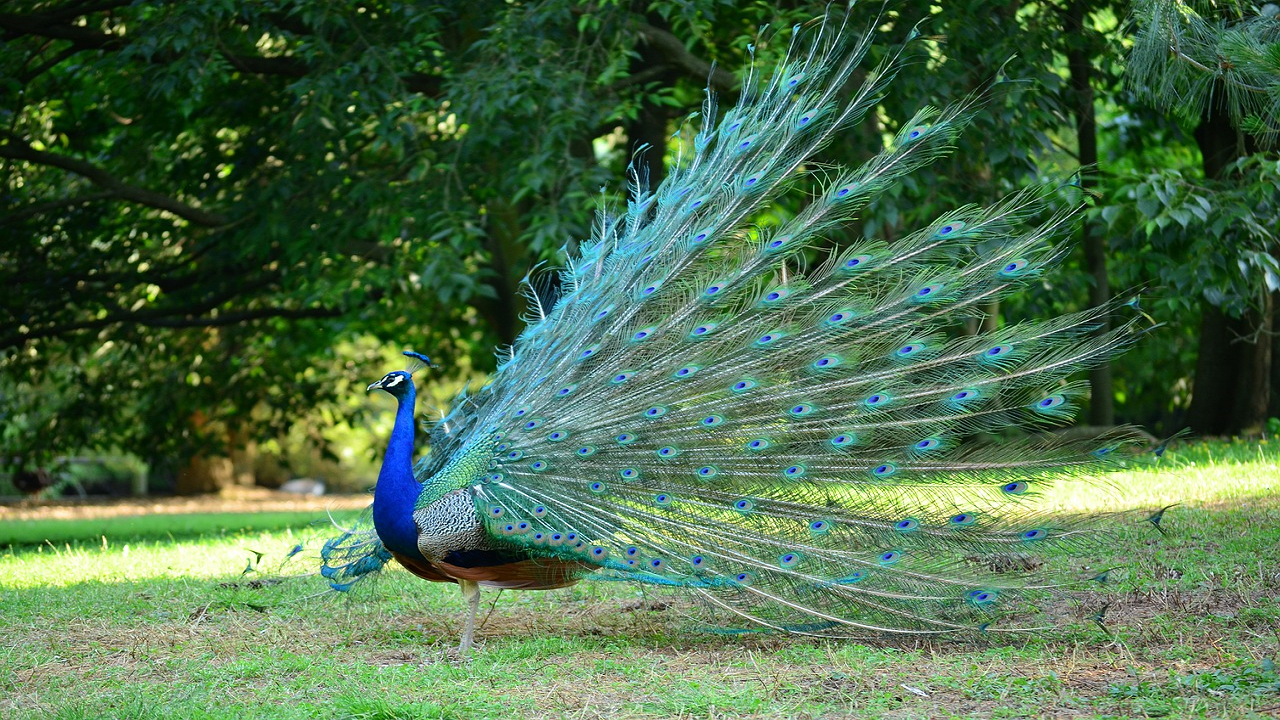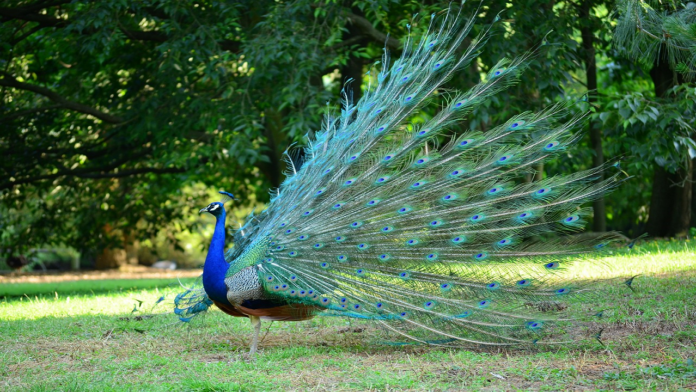-
Home -
Animals
Peacock population in Kerala has increased by 150% since 1998. Peacock population growth is a sign of climate change.

A decade ago, encountering a peacock was considered a lucky and rare event, but now it has become a common sight. A report said that the peacock population in the state has increased by 150% since 1998.
A joint study involving 13 organizations, including the Wildlife Institute and the World Wildlife Fund, revealed an important discovery about peacocks. The study relies on data collected by 30,000 bird enthusiasts using the eBird system. In the past, peacocks were confined to specific areas like Idukki, Wayanad, Palakkad and Thrissur districts, but now they are distributed across the state.
Peacocks are traditionally found in dry, rocky and scrubby areas. Dr PO Namir from the wildlife department of the Kerala Agricultural University suggests that the increasing population of peacocks may be a natural response to Kerala’s changing climate. Designation of peacocks as the national bird in 1963 along with strong efforts in forest and wildlife conservation have contributed to their population growth.
According to research, 19 percent of Kerala’s area now provides suitable habitat for peacocks, and this is likely to increase to 40 percent by 2050. The spread of peacocks poses a threat to agricultural crops. Abundant food sources such as rice and vegetables, along with dry conditions, contribute to their population growth. Additionally, the presence of wild boars, which have no control measures, is another threat to the state. Although peacocks themselves do not cause drought, their crop destruction is already proving to be a major challenge for farmers, creating a new crisis in the agricultural sector.
Peacock Farming – Raising peacocks for profit
How to Start a Peacock Farm – Complete Guidelines
Starting a peacock farm can be a unique and rewarding venture, but it requires careful planning and preparation given the specific needs of these exotic birds. Here’s a comprehensive guide to help you get started:
Research and Planning:
-
Learn about Peacocks: Understand the different species of peacocks, their behaviour, habitat, food and care requirements. Indian and green peacocks are the most common species kept in captivity.
-
Legal Requirements: Contact local authorities and the Department of Agriculture for permits or licenses required to breed and raise peacocks.
-
Location: Choose a suitable location for your farm, considering factors such as climate, available space, and proximity to resources.
Housing and Infrastructure:
-
Peacock enclosure: Build a spacious and secure enclosure to protect peacocks from predators and the elements. A covered area for shelter is essential.
-
Fencing: Install tall and strong fences (6-8 feet high) with overhangs to prevent peacocks from flying away.
-
Nesting boxes: Provide nesting boxes for motley if you plan to breed them.
Food and Nutrition:
-
Feeding: Peacocks are omnivores and require a varied diet. Offer a mix of grains, seeds, fruits, vegetables, and insects. Commercial peacock feed can also form part of their diet.
-
Fresh Water: Ensure a constant supply of clean and fresh water.
Health care:
-
Regular Checkups: Schedule regular visits with a veterinarian experienced in animal care to monitor the health of your peacocks.
-
Vaccination: Follow the recommended vaccination schedule to prevent diseases.
-
Parasite Control: Implement a parasite control program to keep your peacocks healthy.
Breeding:
-
Breeding Pairs: Choose healthy breeding pairs to produce offspring.
-
Nesting Area: Provide safe and isolated nesting areas for voles.
-
Incubation: If you want to hatch eggs artificially, invest in an incubator.
Keep records:
-
Maintain records: Keep detailed records of your peacocks’ health, breeding history and other important information.
Marketing and Sales:
-
Market Research: Identify potential customers, such as collectors, pet owners, and zoos.
-
Advertising: Create a website, use social media, or attend local agricultural fairs to market your peacocks.
Legal Compliance:
-
Zoning Regulations: Make sure your farm complies with local zoning regulations and restrictions.
-
Import and Export: If you plan to trade peacocks internationally, be aware of import/export regulations and obtain necessary permits.
Financial Planning:
-
Budget: Create a comprehensive budget for all expenses including accommodation, food, health care and marketing.
-
Income Estimate: Estimate your potential income from peacock sales and other related activities.
Education and Networking:
Starting a peacock farm can be an exciting and fulfilling endeavor, but it requires commitment, research and the right infrastructure. Make sure you provide the best care for your peacocks to thrive and potentially generate income through sales and other related activities.
First Published: 26 Sep 2023, 15:13 IST
Take the quiz.
Show your support for agrijournalism.
Dear Patron, Thank you for being our reader. Readers like you are our inspiration to advance agri-journalism. We need your support to continue delivering quality agri journalism and reach farmers and people in every corner of rural India.
Every contribution is valuable for our future.
